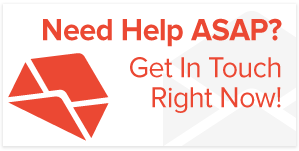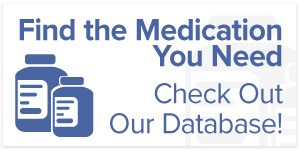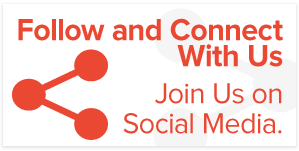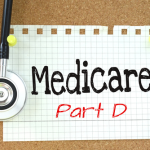How to Know If You Qualify for Financial Assistance to Fill Prescriptions
Accessing financial assistance to fill prescriptions can feel overwhelming, but it doesn’t have to be. With the right information, you can determine whether you may qualify for a prescription assistance organization to guide you toward affordable medications. This guide breaks down the core criteria that matter most when seeking support through full-service prescription assistance programs.
1. Understand Your Income Eligibility
Your income is one of the most critical factors. Most programs follow federal guidelines when determining who qualifies.
- Federal Poverty Level (FPL):Assistance programs generally require that your household income falls below a certain percentage of the FPL—often 200%–400%.
- Household Size:Income thresholds scale with the number of dependents, so larger families may qualify with higher incomes.
- Documentation:You’ll usually need recent tax returns, pay stubs, or proof of unemployment to verify your income.
2. Evaluate Your Insurance Status
Your current insurance situation significantly affects eligibility:
- Uninsured Patients:Individuals without any prescription coverage are often prioritized.
- Underinsured Patients:If your plan includes high co-pays or doesn’t fully cover needed medications, you may still qualify.
- Government Programs:Some programs may exclude Medicare or Medicaid recipients, but there are exceptions worth exploring.
3. Prescription Drug Requirements
Eligibility is also medication-specific. Pharmaceutical companies typically offer programs for brand-name medications that are expensive or in high demand. Examples include:
- Pfizer prescription assistanceprograms for various chronic conditions
- Sanofi prescription assistanceofferings for metabolic and rare disorders
- Janssen prescription assistancefor specific cardiovascular and mental health treatments
If your medication isn’t listed in a program’s database, it’s still worth contacting an assistance service to check availability.
4. Diagnoses and Conditions Covered
Some programs focus on medications tied to specific diagnoses. Common conditions that qualify include:
- Diabetes: Diabetes prescription assistanceis widely available through programs by companies like Novo Nordisk and GSK
- Asthma: If you’re managing respiratory conditions, you may be eligible for asthma prescription assistance
- Mental Health: Options like mental disabilities prescription assistancecan make essential treatments more affordable
Each pharmaceutical company has its own drug list, but guidance from a prescription assistance organization can help you navigate these complexities.
5. Application and Reapplication
Once you’re deemed eligible, you’ll need to complete the application process. Most programs will require:
- Application forms filled out by you and your healthcare provider
- Copies of prescriptions and related medical records
- Periodic renewals to confirm continued eligibility
Organizations that offer access to full-service prescription assistance programs often manage these logistics on your behalf—from paperwork to refills—making the process significantly easier.

Trusted advisors help connect patients to financial assistance for prescriptions through verified programs
6. When in Doubt, Ask for Help
If you’re unsure where to begin or whether your situation qualifies, it’s always best to consult professionals who specialize in this area. Whether you need AbbVie, Boehringer, or Lilly Cares prescription assistance, trained advocates can walk you through your options.
Ready to Get Started?
If you think you may be eligible—or simply want expert guidance—consider reaching out for support.
- Learn more about how prescription assistance works
- check your eligibility
- or contact a representative todayto take the first step toward accessing the medication support you deserve







